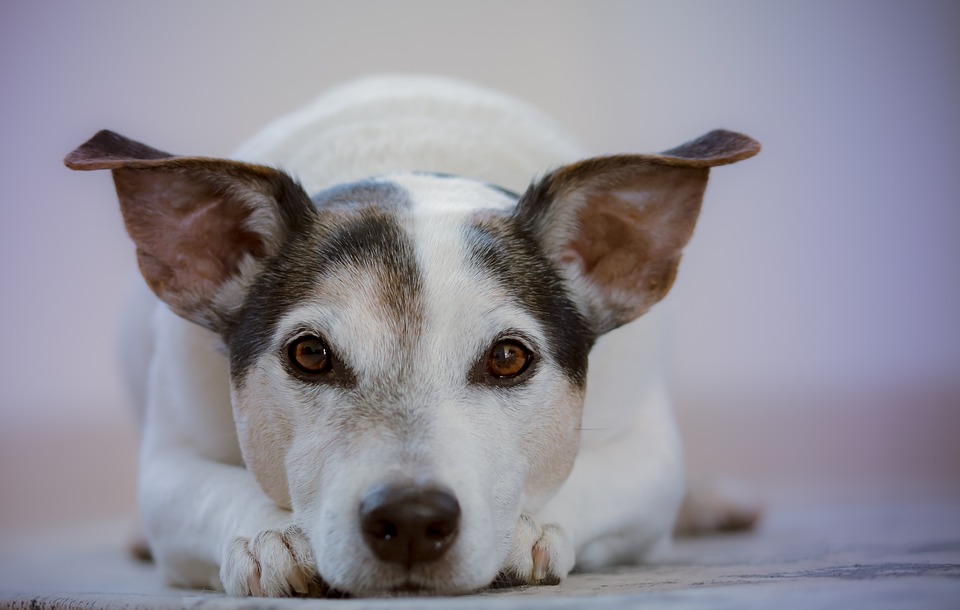Taking care of your dog’s eyes is an important part of being a responsible pet owner. Just like humans, dogs can experience a variety of eye problems, ranging from mild irritations to more serious conditions. By being proactive and knowledgeable about preventing and managing these common eye problems, you can help ensure that your furry friend’s vision remains clear and healthy. This article will discuss some of the most common eye problems in dogs, their causes, prevention measures, and how to effectively manage them.
One of the most common eye problems in dogs is conjunctivitis, also known as pink eye. This condition can be caused by bacterial or viral infections, allergies, foreign objects, or trauma. To prevent conjunctivitis, it is important to regularly clean your dog’s eyes and avoid exposing them to irritants. Keeping your dog’s environment clean and maintaining good overall hygiene can also help prevent the development of conjunctivitis.
Corneal ulcers are another common eye problem in dogs. They can be caused by scratches, foreign objects, chemicals, or infections. To prevent corneal ulcers, it is important to avoid exposing your dog to potential eye hazards. Additionally, make sure your dog does not excessively rub their eyes, as this can increase the risk of developing ulcers. If your dog does develop an eye injury, it is important to seek immediate veterinary attention.
Cataracts are a common eye problem in older dogs. They can also be caused by genetics, diabetes, trauma, or nutritional deficiencies. While some factors leading to cataracts are beyond your control, maintaining a balanced diet, regular exercise, and routine vet check-ups can help identify cataracts early on. Early detection is key in managing cataracts and preventing further complications.
Glaucoma is another serious eye condition that can affect dogs. It is caused by increased intraocular pressure and can be hereditary or the result of trauma. Regular veterinary check-ups, especially for high-risk breeds, can help detect early signs of glaucoma. Prompt treatment is crucial in preventing irreversible damage to your dog’s eyes.
Dry eye, also known as keratoconjunctivitis sicca, is a condition that occurs when your dog’s tear production is insufficient. It can be caused by immune disorders, certain medications, or other underlying health conditions. Regularly checking your dog’s eyes for any redness or discharge can help detect dry eye early on. If you notice any signs, consult your vet for appropriate treatment options.
Entropion is a condition in which the eyelid rolls inward, causing the eyelashes to rub against the cornea. It is often a genetic predisposition and can lead to corneal ulcers and other complications. Breeds that are prone to entropion should be carefully selected, and regular veterinary check-ups can help identify this condition early.
Cherry eye is another common eye problem in dogs. It occurs when the gland in the third eyelid prolapses, causing a red mass to protrude from the eye. While cherry eye cannot always be prevented, prompt veterinary attention can help prevent complications and ensure appropriate treatment.
Progressive retinal atrophy (PRA) is a genetic eye disease that causes the degeneration of the retina, leading to vision loss. Responsible breeding practices and genetic testing can help reduce the risk of passing PRA to offspring.
In managing common eye problems in dogs, it is important to seek veterinary care if you suspect any eye problems. Your vet will be able to provide a proper diagnosis and treatment plan. It is also crucial to follow medication instructions and administer prescribed medications as directed by your vet. Regularly cleaning your dog’s eyes with a veterinarian-recommended eye solution can help prevent infections and remove debris. Additionally, avoiding exposure to potential irritants and discouraging excessive eye rubbing can help prevent eye problems. Regular grooming and maintaining good overall hygiene are also important in preventing eye problems. Finally, it is essential to monitor your dog’s condition and report any changes or worsening symptoms to your vet promptly.
In conclusion, by being proactive and knowledgeable about preventing and managing common eye problems in dogs, you can help ensure your furry friend’s eye health. Regular veterinary check-ups and professional guidance are crucial in maintaining your dog’s eye health. By following preventive measures and promptly addressing any eye problems, you can help keep your dog’s eyes healthy and free from complications.









